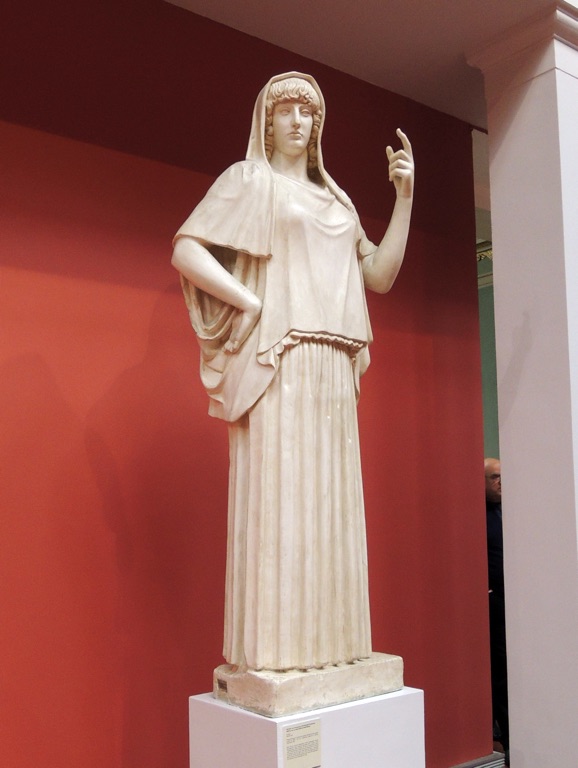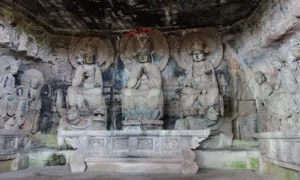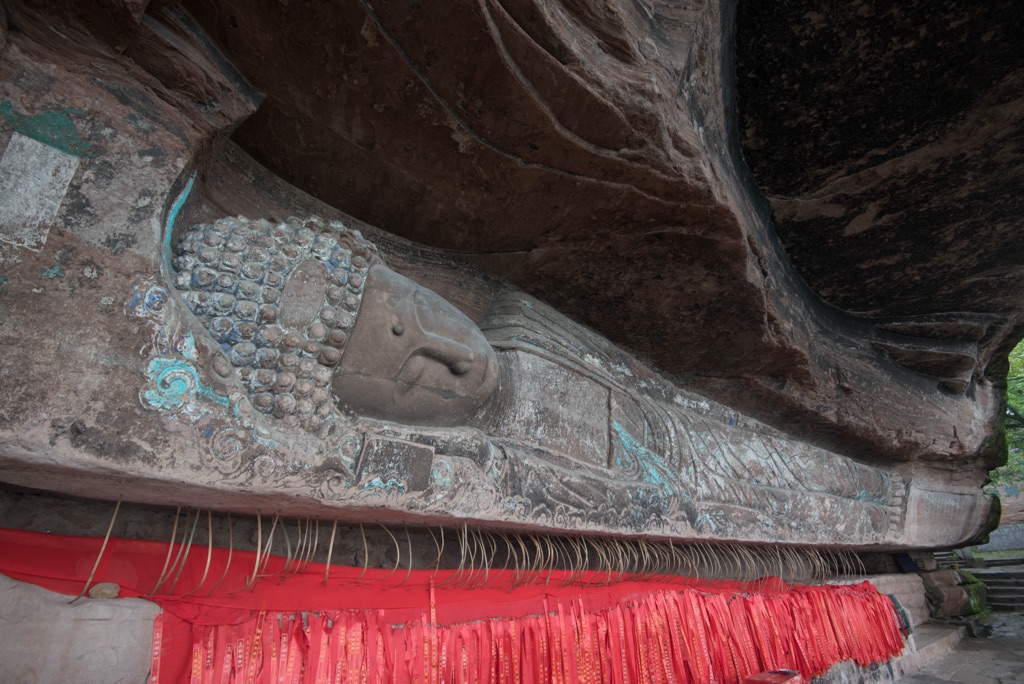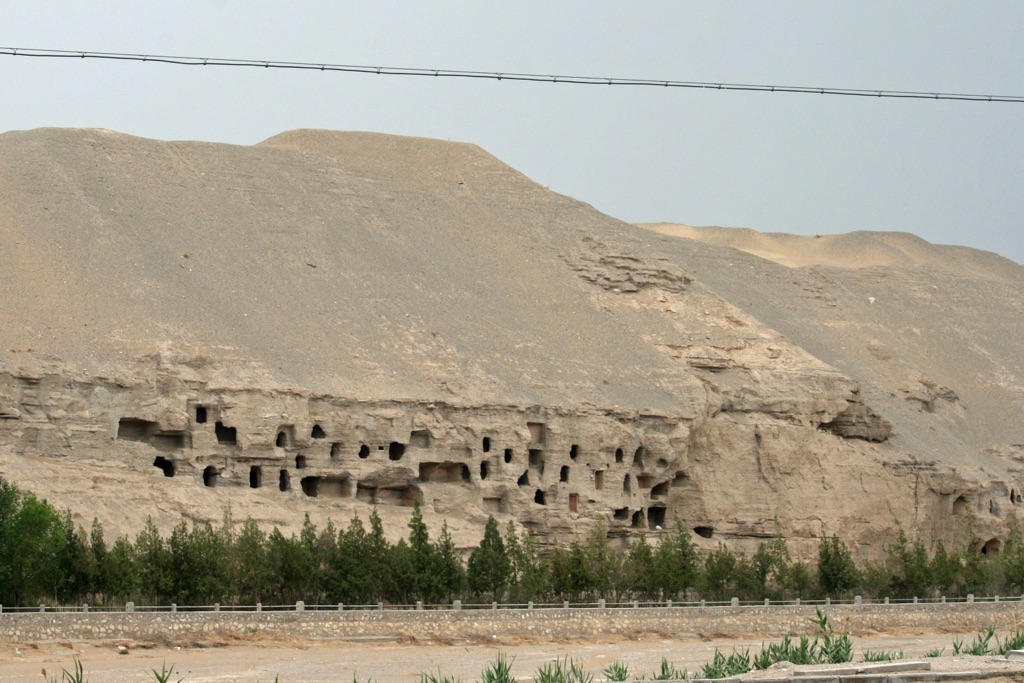Hermes, a pivotal figure in Greek mythology, embodies the quintessence of versatility and ingenuity. Known for his swift movements and cleverness, Hermes served as the messenger of the gods, a role that placed him at the center of divine and mortal interactions. This article delves into the multifaceted nature of Hermes, exploring his origins, symbols, and the myriad roles he played in ancient myths.

Hestia – The Greek Goddess
In the pantheon of ancient Greek deities, Hestia holds a unique and revered position. Known for her gentle and non-confrontational nature, Hestia, the goddess of the hearth, home, and domesticity, stands out among the often tempestuous gods and goddesses of Olympus. This article delves into the mythology, symbols, and significance of Hestia in ancient Greek religion and culture.

Confederate Memorial Carving
The Confederate Memorial Carving is a colossal bas-relief sculpture on Stone Mountain, near Atlanta, Georgia. It depicts three Confederate leaders of the Civil War: President Jefferson Davis, General Robert E. Lee, and General Thomas J. “Stonewall” Jackson. The carving, which measures 190 feet across and 90 feet tall, is the largest high relief sculpture in the world. It’s a controversial symbol, often stirring debate about its commemoration of the Confederacy and its place in modern society.

Anyue Grottoes
The Anyue Grottoes, nestled in the heart of Sichuan Province’s Anyue County, stand as a monumental testament to the rich tapestry of Chinese Buddhist art, spanning several dynasties and encapsulating the spiritual and artistic zenith of ancient China. This academic exploration delves into the historical, cultural, and artistic significance of the Anyue Grottoes, shedding light on their contribution to Chinese heritage and the broader spectrum of Buddhist art globally.

Diaoyu Fortress
Diaoyu Fortress, also known as Diaoyucheng, is a historical site of great significance located in Chongqing, China. It stands as a testament to ancient military architecture and has a rich history that dates back to the time of the Southern Song Dynasty. The fortress is renowned for its strategic location and formidable defenses, which played a crucial role during the Mongol invasions of China. Over the centuries, Diaoyu Fortress has been a silent witness to numerous battles and has become a symbol of resilience and Chinese military ingenuity.

Mogao Caves
The Mogao Caves, also known as the Thousand Buddha Grottoes, are a network of Buddhist temple grottoes located near the city of Dunhuang in the Gansu province of China. They are famous for their statues and wall paintings spanning 1,000 years of Buddhist art. Carved into the cliffs above the Dachuan River, the caves serve…

